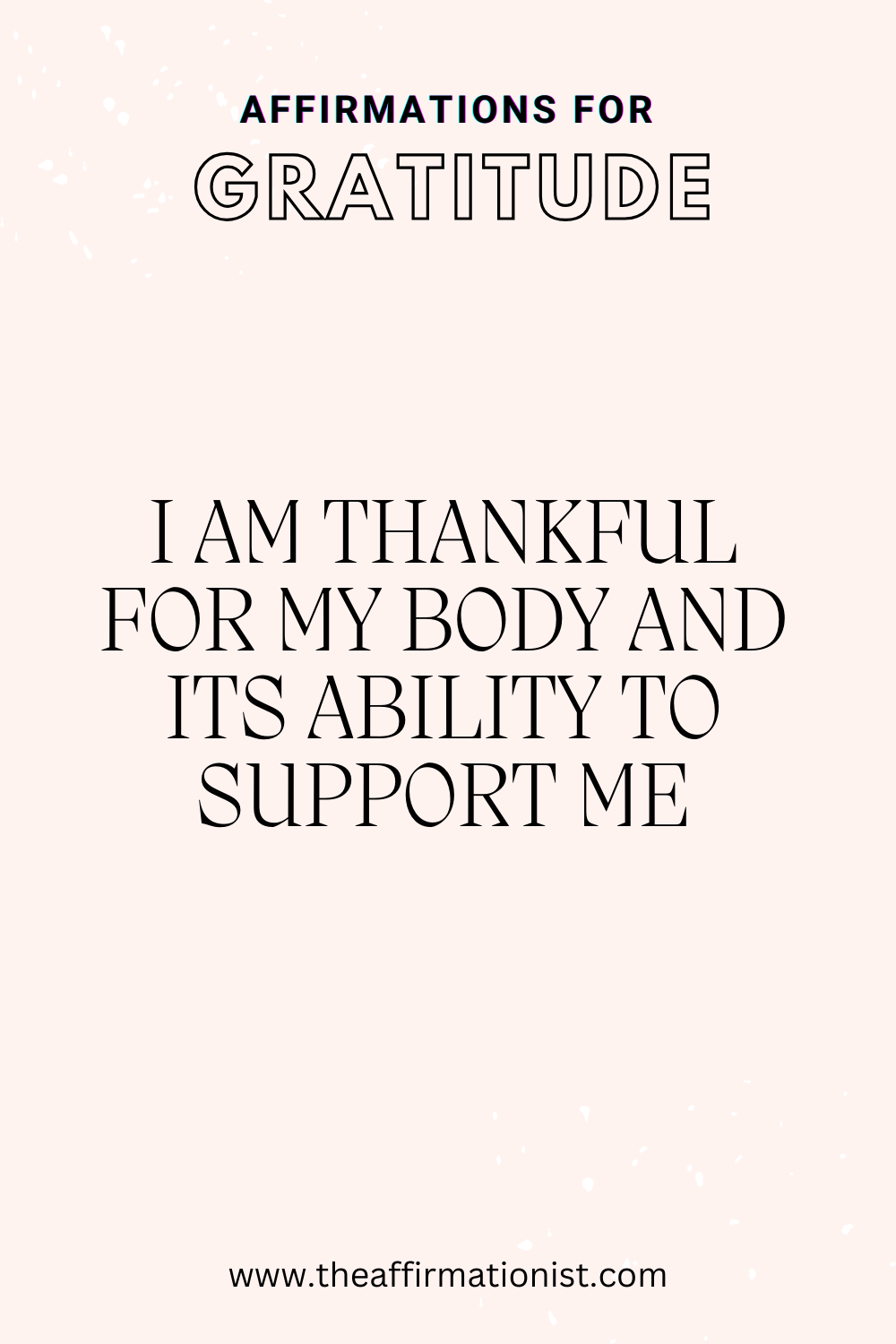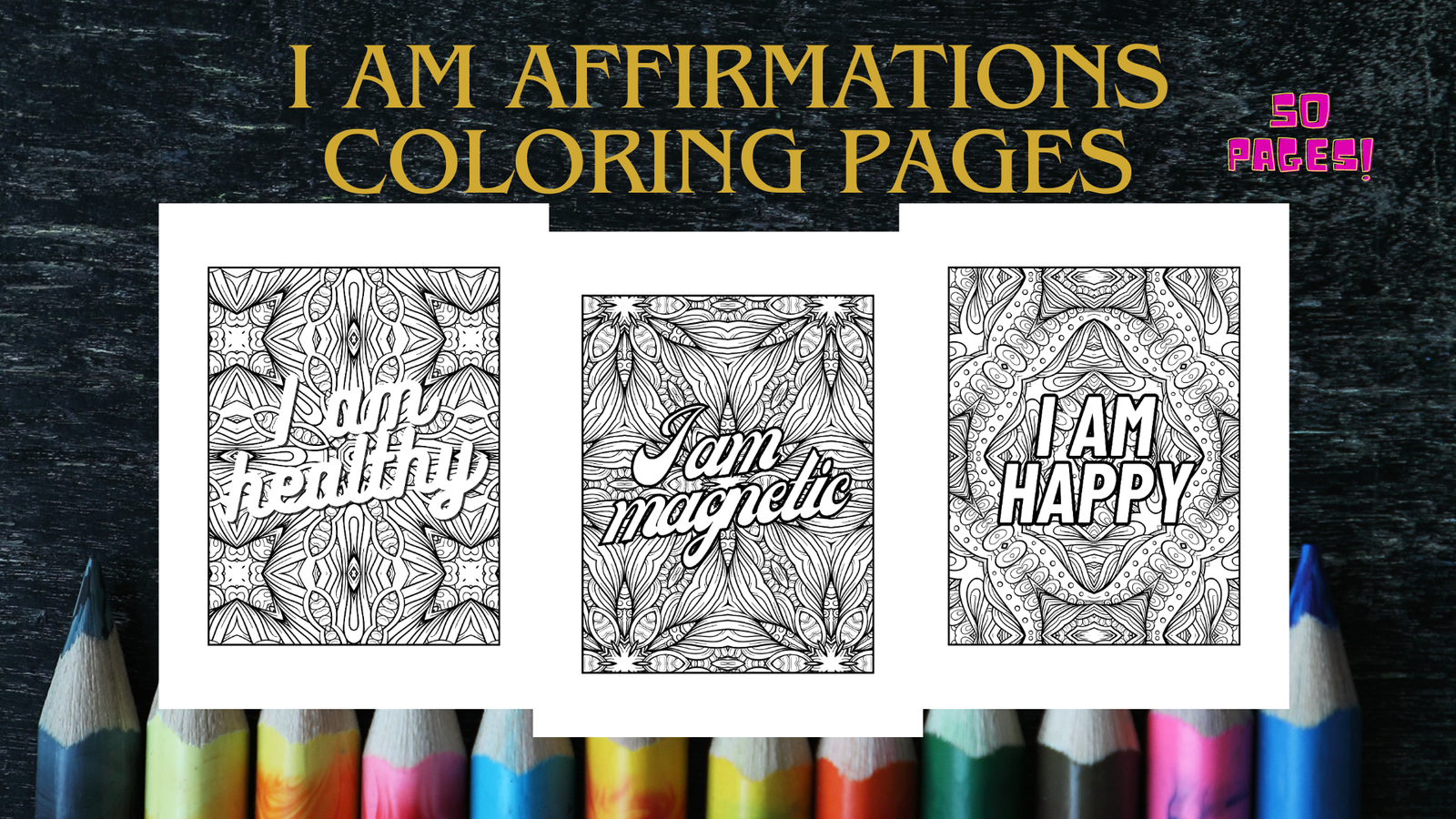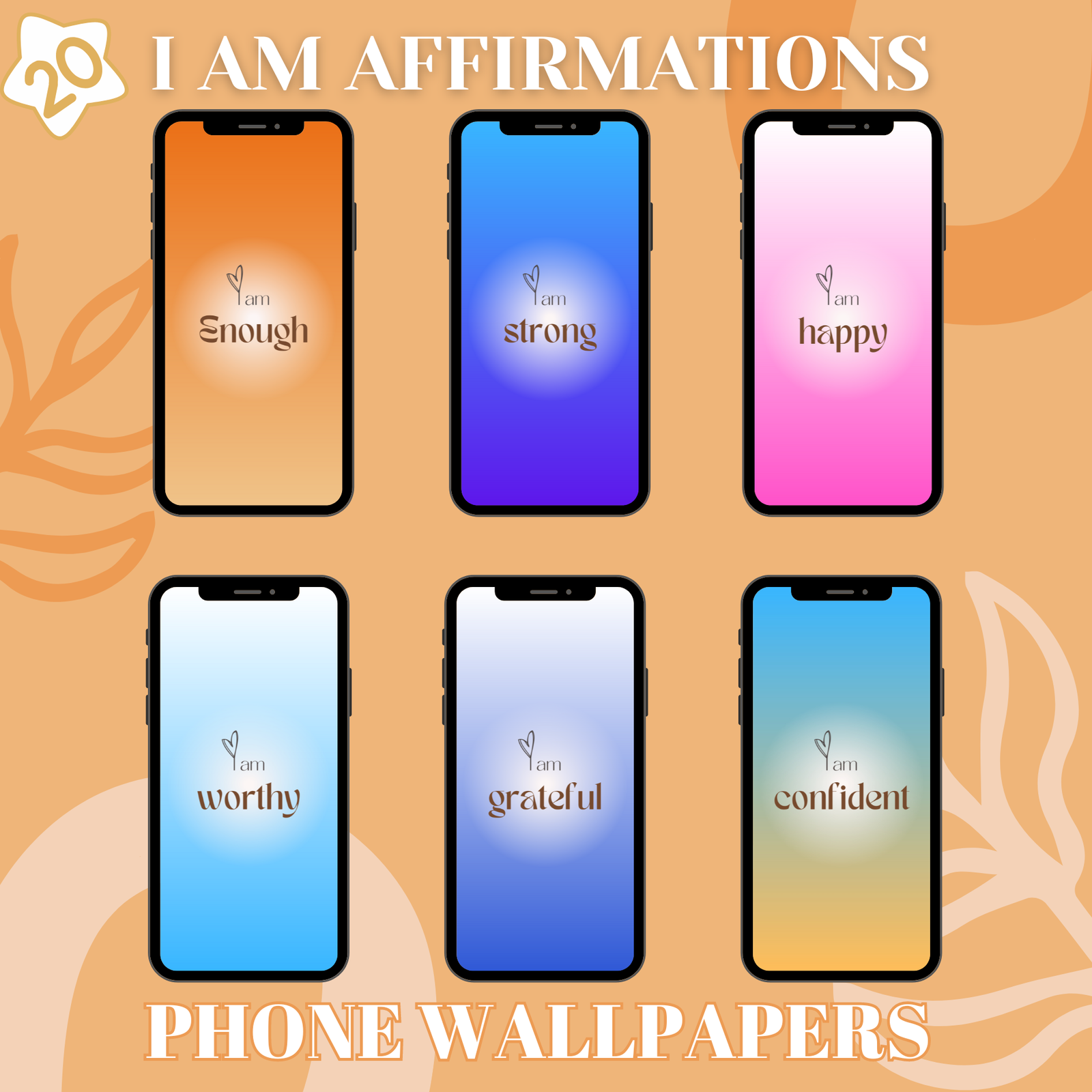In our fast-paced, often demanding world, it’s easy to get caught up in the whirlwind of daily life, focusing on what’s lacking rather than what we already possess. Yet, amidst the chaos, lies a powerful tool for transformation: gratitude. More than just a simple “thank you,” gratitude is a profound emotion that can reshape our perspective, enhance our well-being, and ultimately, change our lives. This blog post delves into the science behind gratitude, exploring its transformative power and providing practical ways to cultivate a grateful mindset.
What is Gratitude?

Gratitude, at its core, is the heartfelt appreciation of what is valuable and meaningful to oneself. It’s more than just saying “thank you”; it’s a deep-seated feeling of thankfulness and recognition for the good in our lives. This “good” can encompass a wide range of experiences, from tangible gifts and acts of kindness to intangible blessings like health, relationships, and opportunities. It’s about acknowledging that goodness exists, both within ourselves and in the world around us.
Here’s a breakdown of the key aspects of gratitude:
- Recognition: Gratitude begins with noticing and acknowledging the positive aspects of our lives. This requires paying attention to the details and not taking things for granted. It’s about consciously recognizing the value of what we have, rather than focusing on what we lack.
- Appreciation: Appreciation goes beyond mere recognition. It involves valuing and cherishing the good things in our lives. It’s about feeling a sense of thankfulness and contentment for what we have received or experienced. This emotional component is what distinguishes gratitude from simply acknowledging a fact.
- Source Attribution: Gratitude often involves recognizing the source of the goodness we experience. This could be another person who performed an act of kindness, a higher power, nature, or even ourselves. Acknowledging the source deepens our sense of appreciation and can foster feelings of connection and belonging.
- A Positive Emotion: Gratitude is inherently a positive emotion. It generates feelings of joy, contentment, happiness, and even awe. These positive emotions contribute to our overall well-being and can buffer against negative emotions like stress, anxiety, and depression.
- A Way of Being: While gratitude can be experienced in specific moments, it can also become a way of life. Cultivating a grateful mindset involves adopting a perspective that seeks out and appreciates the good in all situations. This doesn’t mean ignoring or denying negative experiences, but rather finding a balance and recognizing that even in challenging times, there are still things to be grateful for.
- Distinguishing Gratitude from Other Concepts: It’s important to distinguish gratitude from related concepts:
- Indebtedness: While both involve acknowledging something received, gratitude is freely given, whereas indebtedness implies an obligation to repay. Gratitude is about appreciation, while indebtedness can be associated with feelings of burden or obligation.
- Reciprocity: Reciprocity is the act of returning a favor or kindness. While gratitude can motivate reciprocal behavior, it is not solely contingent upon it. Gratitude is about the internal feeling of appreciation, while reciprocity is an external action.
- Appreciation vs. Gratitude: Appreciation is a broader term that can refer to valuing something for its aesthetic qualities or usefulness. Gratitude specifically involves thankfulness for a benefit received.
The Multifaceted Nature of Gratitude:
Gratitude can be directed towards various targets:
- People: We can feel gratitude towards family, friends, mentors, and even strangers who have shown us kindness or support.
- Experiences: We can be grateful for positive experiences, such as a beautiful sunset, a delicious meal, or a meaningful conversation.
- Possessions: We can appreciate the material things we have, recognizing their value and utility in our lives.
- Circumstances: We can even find gratitude in challenging circumstances, recognizing the lessons we learn and the resilience we develop.
- Self: Self-gratitude involves appreciating our own strengths, qualities, and accomplishments.
By understanding the multifaceted nature of gratitude, we can begin to appreciate its profound impact on our lives and the world around us. It’s a powerful force for good that can transform our perspective and enhance our well-being.
The Science Behind Gratitude

While the positive effects of gratitude have been recognized for centuries by philosophers and spiritual leaders, modern science has begun to rigorously investigate the mechanisms through which gratitude impacts our brains, bodies, and overall well-being. This research spans various fields, including neuroscience, psychology, medicine, and even evolutionary biology, providing a compelling picture of gratitude’s power.
1. Gratitude and the Brain: A Neurobiological Perspective
Neuroimaging techniques like fMRI (functional magnetic resonance imaging) have allowed researchers to observe the brain’s activity during experiences of gratitude. These studies have revealed that gratitude activates several key brain regions associated with:
- Reward and Pleasure: Gratitude activates the ventral tegmental area (VTA) and the nucleus accumbens, key components of the brain’s reward system. These areas release dopamine, a neurotransmitter associated with pleasure, motivation, and learning. This suggests that experiencing gratitude is inherently rewarding for the brain.
- Social Cognition and Empathy: Gratitude engages brain regions involved in social cognition, such as the medial prefrontal cortex (mPFC), which plays a crucial role in understanding others’ perspectives and intentions. This highlights the social nature of gratitude and its role in fostering connection and empathy.
- Emotional Regulation: The prefrontal cortex (PFC), responsible for executive functions like decision-making and emotional regulation, is also activated during gratitude. This suggests that gratitude can help us manage our emotions more effectively and reduce reactivity to stress.
- Stress Reduction: Studies have shown that gratitude can decrease activity in the amygdala, the brain’s center for fear and stress responses. This contributes to the calming and relaxing effects of gratitude.
2. Gratitude and Hormones: The Chemical Impact
Gratitude’s impact extends beyond neurotransmitters to hormones that regulate various bodily functions:
- Cortisol Reduction: Studies have consistently demonstrated that practicing gratitude lowers levels of cortisol, the primary stress hormone. Chronically elevated cortisol levels can have detrimental effects on physical and mental health, so gratitude’s ability to reduce cortisol is significant.
- Oxytocin Release: Gratitude, particularly when expressed towards others, can stimulate the release of oxytocin, often referred to as the “love hormone” or “bonding hormone.” Oxytocin promotes social bonding, trust, and feelings of connection.
3. Gratitude and Psychological Well-being: The Mental Benefits
A wealth of psychological research has documented the positive impact of gratitude on various aspects of mental health:
- Increased Happiness and Positive Emotions: Gratitude has been consistently linked to higher levels of happiness, life satisfaction, and positive affect. It helps us savor positive experiences and appreciate the good in our lives.
- Reduced Depression and Anxiety: Studies have shown that gratitude interventions can effectively reduce symptoms of depression and anxiety. By shifting focus from negative thoughts to positive ones, gratitude helps to improve mood and reduce rumination.
- Improved Sleep Quality: Practicing gratitude before bed can promote relaxation and reduce racing thoughts, leading to better sleep quality.
- Enhanced Resilience: Gratitude can act as a buffer against stress and adversity, helping individuals cope with challenges more effectively. By focusing on positive aspects even during difficult times, gratitude fosters resilience and promotes a sense of hope.
- Increased Self-Esteem: Recognizing and appreciating our own strengths and qualities can boost self-esteem and self-worth.
4. Gratitude and Physical Health: The Mind-Body Connection
The benefits of gratitude extend to physical health as well:
- Improved Cardiovascular Health: Studies have linked gratitude to lower blood pressure, improved heart rate variability, and reduced risk of cardiovascular disease.
- Stronger Immune System: By reducing stress and promoting positive emotions, gratitude can strengthen the immune system and enhance its ability to fight off illness.
- Reduced Physical Pain: Gratitude can help individuals cope with chronic pain by shifting their attention away from the pain and towards positive aspects of their lives.
- Increased Exercise and Healthier Habits: Studies suggest that grateful individuals are more likely to engage in regular exercise, eat healthier diets, and take better care of their physical health.
5. Gratitude and Social Relationships: Strengthening Bonds
Gratitude plays a crucial role in building and maintaining strong social relationships:
- Increased Prosocial Behavior: Feeling and expressing gratitude makes individuals more likely to engage in prosocial behaviors, such as helping others, being generous, and showing kindness.
- Strengthened Social Bonds: Expressing gratitude to others strengthens social bonds and fosters feelings of connection and belonging.
- Improved Relationship Satisfaction: Studies have shown that gratitude is a key factor in relationship satisfaction and longevity.
6. Evolutionary Perspective on Gratitude:
From an evolutionary perspective, gratitude may have evolved as a mechanism to promote reciprocal altruism and cooperation within social groups. Expressing gratitude reinforces positive social interactions and increases the likelihood of receiving future help and support
The Power of a Gratitude Journal

A gratitude journal is more than just a diary of positive events; it’s a powerful tool for cultivating a mindset of appreciation and unlocking a cascade of positive effects on our mental, emotional, and even physical well-being. By regularly recording the things we’re thankful for, we engage in a process that reshapes our perspective and enhances our overall quality of life.
The Underlying Mechanisms: How Gratitude Journaling Works Its Magic
The efficacy of gratitude journaling isn’t simply anecdotal; it’s rooted in several well-established psychological principles:
- Selective Attention and Neuroplasticity: Our brains are wired to pay more attention to threats and negative experiences (negativity bias). Gratitude journaling acts as a counterforce, training our brains to focus on positive aspects. This repeated focus strengthens neural pathways associated with positive emotions, effectively rewiring our brains through neuroplasticity.
- Cognitive Reframing and Perspective Shift: The act of identifying and writing down things we’re grateful for encourages us to reframe our experiences. We begin to see situations from a different angle, recognizing the positive elements even within challenging circumstances. This shift in perspective can significantly reduce the impact of negative thoughts and emotions.
- Savoring and Amplification of Positive Emotions: When we write about positive experiences, we relive them, savoring the associated emotions. This process amplifies the positive impact of those experiences, making them more memorable and impactful. It’s like replaying a favorite song – each time, we derive pleasure from it.
- Mindfulness and Present Moment Awareness: Gratitude journaling encourages mindfulness by prompting us to pay attention to the present moment and appreciate the small joys that often go unnoticed. This heightened awareness of the here and now can reduce stress and increase feelings of contentment.
- Meaning-Making and Narrative Construction: Writing about our experiences allows us to create a narrative of our lives. By focusing on the positive aspects, we construct a more positive and meaningful story, which can enhance our sense of purpose and well-being.
- Emotional Processing and Regulation: Expressing gratitude through writing can be a cathartic experience, allowing us to process and regulate our emotions in a healthy way. It provides an outlet for positive feelings and can also help us find positive aspects even in difficult situations, aiding in emotional resilience.
The Multifaceted Benefits: Impacting Mind, Body, and Relationships
The effects of gratitude journaling extend across various domains of our lives:
- Psychological Well-being: Gratitude journaling has been consistently linked to increased happiness, life satisfaction, and positive affect. It can also reduce symptoms of depression and anxiety, improve sleep quality, and enhance overall mood.
- Physical Health: While the connection is still being researched, some studies suggest that gratitude journaling can have positive effects on physical health, including lower blood pressure, improved heart rate variability, and a stronger immune system. These benefits are likely mediated by stress reduction and improved emotional well-being.
- Interpersonal Relationships: Expressing gratitude, even privately in a journal, can deepen our appreciation for others and strengthen our relationships. It can also make us more likely to express gratitude directly to others, further enhancing social connections.
- Personal Growth and Resilience: Gratitude journaling can foster a sense of resilience by helping us cope with challenges and find meaning in difficult experiences. It can also promote personal growth by encouraging self-reflection and self-appreciation.
- Enhanced Optimism and Hope: By consistently focusing on the positive, gratitude journaling can cultivate a more optimistic outlook and a greater sense of hope for the future. This can have a profound impact on our motivation, goal pursuit, and overall life satisfaction.
In essence, a gratitude journal is a powerful tool for transforming our perspective and cultivating a more positive and fulfilling life. It’s a simple practice with profound and far-reaching benefits.
How to Start a Gratitude Journal

Starting a gratitude journal is a simple yet powerful way to cultivate a more positive and appreciative outlook on life. It doesn’t require any special skills or equipment, just a commitment to regularly reflect on the good things in your life. Here’s a step-by-step guide to help you get started:
1. Choose Your Journal:
- Physical Notebook: A simple notebook or journal is a classic choice. Choose one that you find aesthetically pleasing and that feels comfortable to write in. The size and style are entirely up to your personal preference.
- Digital Journal: If you prefer digital formats, you can use a word processor, a note-taking app, or a dedicated journaling app on your computer, tablet, or smartphone. Digital journals offer advantages like searchability and easy backup.
- Consider a Gratitude Journal Template: Some journals are specifically designed as gratitude journals, with prompts and guided exercises. These can be helpful for beginners.
2. Establish a Routine:
- Choose a Time: Select a time of day that works best for you and that you can consistently stick to. Many people find it helpful to write in their gratitude journal first thing in the morning to set a positive tone for the day or right before bed to reflect on the day’s blessings.
- Set a Reminder: Especially in the beginning, setting a reminder on your phone or calendar can help you remember to write in your journal.
- Start Small: Don’t feel pressured to write pages every day. Even a few minutes of focused reflection and writing can be beneficial. Start with a small, achievable goal, such as writing three to five things you’re grateful for each day.
3. What to Write About:
- Be Specific: Instead of writing “I’m grateful for my health,” try “I’m grateful for the energy I had today to go for a walk in the park.” The more specific you are, the more impactful the entry will be.
- Focus on the “Why”: Don’t just list what you’re grateful for; try to explain why you appreciate it. This deepens your reflection and strengthens the feeling of gratitude. For example, instead of “I’m grateful for my friend,” write “I’m grateful for my friend Sarah because she always listens without judgment and offers helpful advice.”
- Include Small Things: Don’t overlook the small joys and everyday blessings. A warm cup of coffee, a sunny day, a kind smile from a stranger – these small moments can contribute significantly to our overall happiness.
- Focus on People, Experiences, and Things: Express gratitude for the people in your life, positive experiences you’ve had, and even material possessions you appreciate.
- Engage Your Senses: When writing about your gratitude, try to incorporate sensory details. Describe what you saw, heard, smelled, tasted, or felt during the experience. This can make the memory more vivid and impactful.
4. Prompts and Ideas for Inspiration:
If you’re struggling to come up with things to be grateful for, here are some prompts and ideas:
- Reflect on the Day: What positive things happened today? What challenges did you overcome? What did you learn?
- Focus on Relationships: Who are you grateful for in your life? What qualities do you appreciate about them? How have they supported you?
- Appreciate Your Body and Health: What are you grateful for about your physical health and abilities?
- Express Gratitude for Nature: What aspects of the natural world do you appreciate? A beautiful sunset, a blooming flower, the sound of rain?
- Focus on Your Accomplishments: What are you proud of accomplishing, no matter how small?
- Consider Simple Pleasures: What small things bring you joy? A good book, a delicious meal, a warm bath?
- Gratitude for Challenges: Even challenging experiences can offer opportunities for growth and learning. What lessons have you learned from difficult times?
5. Review and Reflect:
- Regularly Review Your Entries: Periodically reviewing your past entries can reinforce your gratitude practice and remind you of all the good in your life. This can be especially helpful during challenging times.
- Reflect on Patterns: As you review your entries, look for patterns. What themes emerge? What are you consistently grateful for? This can provide insights into what truly matters to you.
6. Make it a Habit:
- Be Patient and Persistent: It takes time to establish any new habit. Be patient with yourself and don’t get discouraged if you miss a day or two. Just pick up where you left off.
- Integrate it into Your Routine: Tying your gratitude journaling to an existing habit, such as brushing your teeth or having your morning coffee, can help you remember to do it.
By following these tips, you can create a sustainable gratitude journaling practice and reap the many benefits it offers. Remember, the key is consistency and genuine reflection.
Beyond the Journal: Cultivating a Grateful Mindset

While gratitude journaling is a powerful tool, it’s just one aspect of cultivating a truly grateful mindset. Integrating gratitude into your daily life involves actively practicing appreciation in various ways, transforming it from a scheduled activity into a way of being. Here are several strategies to extend gratitude beyond the journal:
1. Expressing Gratitude to Others:
- Verbal Acknowledgement: Make it a habit to verbally express your appreciation to the people in your life. A simple “thank you” can go a long way. Be specific in your thanks, mentioning what you appreciate about their actions or qualities. For example, “Thank you for listening to me yesterday; it really helped me process my thoughts.”
- Written Notes and Letters: Take the time to write handwritten notes or letters of appreciation. These tangible expressions of gratitude are often more meaningful than emails or texts.
- Acts of Kindness: Show your gratitude through actions. Offer to help a friend with a task, volunteer your time to a cause you care about, or simply perform a small act of kindness for a stranger.
- Celebrating Others’ Successes: Be genuinely happy for the successes of others and express your congratulations. This shows that you value their achievements and strengthens your relationships.
2. Mindful Appreciation and Savoring:
- Engage Your Senses: Take time to fully experience the present moment and engage all your senses. Notice the sights, sounds, smells, tastes, and textures around you. This can help you appreciate the beauty and wonder of everyday experiences.
- Savor Positive Moments: When something good happens, take a moment to savor the experience. Reflect on what made it enjoyable and allow yourself to fully feel the positive emotions.
- Practice Gratitude Walks: Take a walk and intentionally focus on the things you are grateful for in nature, such as the trees, flowers, birds, and fresh air.
- Mindful Eating: Pay attention to the taste, texture, and aroma of your food. Express gratitude for the nourishment it provides.
3. Gratitude in the Face of Challenges:
- Finding the Silver Lining: Even in difficult situations, try to identify something positive or a lesson learned. This doesn’t mean denying the difficulty, but rather finding a way to grow from it.
- Focusing on What You Have: During challenging times, it can be easy to focus on what you’ve lost or what’s lacking. Make a conscious effort to focus on what you still have and what you can be grateful for.
- Practicing Acceptance: Accepting difficult situations can help you move forward and find peace. This doesn’t mean giving up, but rather acknowledging the reality of the situation and focusing on what you can control.
4. Gratitude and Self-Care:
- Appreciating Your Body: Practice self-compassion and appreciate your body for its strength and resilience.
- Recognizing Your Strengths and Qualities: Take time to acknowledge your positive attributes and accomplishments.
- Prioritizing Self-Care Activities: Engage in activities that nourish your mind, body, and soul. This shows that you value yourself and are grateful for your well-being.
5. Gratitude and Language:
- Using Gratitude Language: Incorporate expressions of gratitude into your everyday language. Use phrases like “I appreciate,” “I’m grateful for,” and “Thank you” frequently.
- Reframing Negative Thoughts: When you catch yourself thinking negatively, try to reframe the thought in a more positive or grateful way.
6. Gratitude Rituals and Practices:
- Gratitude Jar: Keep a jar where you can write down things you are grateful for on slips of paper and add them to the jar. Periodically read the slips to remind yourself of all the good in your life.
- Gratitude Meditation: Practice guided gratitude meditations or simply take a few minutes each day to reflect on the things you are grateful for.
- Sharing Gratitude at Meals: Share what you are grateful for with family or friends during meals.
7. Gratitude and Giving Back:
- Volunteering: Volunteering your time and skills to help others is a powerful way to cultivate gratitude and make a positive impact on the world.
- Donating to Charity: Supporting causes you believe in can foster a sense of gratitude for your own blessings and a desire to help others.
Overcoming Obstacles to Gratitude

While gratitude offers numerous benefits, cultivating a consistently grateful mindset isn’t always easy. Various internal and external factors can create obstacles on this path. Recognizing these challenges and developing strategies to overcome them is crucial for establishing a lasting gratitude practice.
1. Negativity Bias:
- The Challenge: Our brains are naturally wired to pay more attention to negative experiences than positive ones. This negativity bias is an evolutionary adaptation that helped our ancestors survive by focusing on potential threats. However, in modern life, it can make it difficult to appreciate the good things.
- Strategies:
- Conscious Effort: Make a conscious effort to actively look for positive aspects in your life and surroundings.
- Positive Reframing: Practice reframing negative thoughts and situations in a more positive light.
- Focus on Small Wins: Celebrate small achievements and positive moments, no matter how insignificant they may seem.
- Gratitude Journaling: Regularly writing down things you’re grateful for can help counterbalance the negativity bias.
2. Comparison and Social Media:
- The Challenge: Constant exposure to curated images of others’ seemingly perfect lives on social media can fuel feelings of envy, inadequacy, and dissatisfaction, making it difficult to appreciate your own life.
- Strategies:
- Limit Social Media Use: Be mindful of how much time you spend on social media and consider taking breaks or unfollowing accounts that trigger negative feelings.
- Focus on Your Own Journey: Remember that social media often presents an idealized version of reality. Focus on your own progress and accomplishments, rather than comparing yourself to others.
- Practice Self-Compassion: Be kind to yourself and acknowledge that everyone faces challenges and setbacks.
3. Entitlement and Taking Things for Granted:
- The Challenge: Feeling entitled or taking things for granted can hinder gratitude because we don’t recognize the value of what we have.
- Strategies:
- Practice Mindfulness: Pay attention to the present moment and appreciate the small details of everyday life.
- Imagine Life Without: Consider what your life would be like without certain things or people you value. This can help you appreciate them more.
- Express Gratitude for Basic Necessities: Take time to appreciate basic necessities like food, shelter, and clean water, which many people lack.
4. Stress and Overwhelm:
- The Challenge: When we’re stressed or overwhelmed, it can be difficult to focus on anything positive.
- Strategies:
- Stress Management Techniques: Practice stress-reducing techniques such as deep breathing, meditation, or exercise.
- Prioritize Self-Care: Make time for activities that nourish your mind and body.
- Seek Support: Talk to a friend, family member, or therapist about your stressors.
5. Past Trauma and Difficult Experiences:
- The Challenge: Past trauma or difficult experiences can make it challenging to feel gratitude.
- Strategies:
- Seek Professional Help: If you’re struggling with past trauma, seeking professional help from a therapist or counselor is essential.
- Focus on Small Steps: Start with small acts of gratitude and gradually build from there.
- Practice Self-Compassion: Be patient and kind to yourself as you work through your challenges.
6. Perfectionism:
- The Challenge: Perfectionists often focus on what they haven’t achieved rather than appreciating what they have.
- Strategies:
- Focus on Progress, Not Perfection: Celebrate small steps and acknowledge your efforts.
- Practice Self-Acceptance: Embrace your imperfections and recognize that everyone makes mistakes.
- Reframe Mistakes as Learning Opportunities: View mistakes as opportunities for growth and learning.
7. Cynicism and Pessimism:
- The Challenge: A cynical or pessimistic outlook can make it difficult to see the good in the world.
- Strategies:
- Challenge Negative Thoughts: Question the validity of negative thoughts and look for evidence to the contrary.
- Surround Yourself with Positive Influences: Spend time with positive and optimistic people.
- Focus on Solutions: Instead of dwelling on problems, focus on finding solutions.
By recognizing these obstacles and implementing the suggested strategies, you can navigate the challenges on the path to gratitude and cultivate a more appreciative and fulfilling life. It’s important to remember that cultivating gratitude is a journey, not a destination, and it’s okay to face challenges along the way. Be patient with yourself, and celebrate your progress.
30 Powerful Gratitude Affirmations to Cultivate a Positive Mindset
Affirmations are positive statements that can help reprogram our subconscious mind and shift our beliefs. By regularly repeating gratitude affirmations, we can cultivate a more grateful mindset and attract more positive experiences into our lives. Here are 30 original and relevant affirmations to inspire your gratitude practice:



For General Gratitude and Appreciation:
- I am grateful for all the blessings in my life, both big and small.
- I appreciate the abundance that surrounds me in every moment.
- I am open to receiving more good things into my life.
- I choose to focus on the positive aspects of my life.
- I am thankful for the opportunity to experience this day.
- I recognize and appreciate the beauty in the world around me.
- I am grateful for the lessons I learn from every experience.
- I embrace gratitude as a way of life.
- I am filled with gratitude for the simple joys in life.
- I attract positive experiences through my grateful heart.
For Gratitude for Self and Personal Growth:
- I am grateful for my strength, resilience, and inner wisdom.
- I appreciate my unique qualities and talents.
- I am thankful for my body and its ability to support me.
- I am grateful for the opportunity to grow and evolve each day.
- I appreciate my capacity for love, compassion, and kindness.
- I am worthy of love, happiness, and abundance.
- I am grateful for my past experiences that have shaped me into who I am today.
- I embrace self-love and self-acceptance.
- I am grateful for my courage to pursue my dreams.
- I celebrate my progress and achievements.
For Gratitude for Relationships and Connections:
- I am grateful for the love and support of my family and friends.
- I appreciate the meaningful connections in my life.
- I am thankful for the opportunity to share my life with others.
- I attract loving and supportive relationships.
- I am grateful for the lessons I learn from my interactions with others.
- I cherish the moments of connection and laughter with loved ones.
- I express my gratitude to those who have touched my life.
- I am grateful for the opportunity to give and receive love.
- I foster healthy and fulfilling relationships.
- I am surrounded by love, support, and positive energy.



By incorporating these affirmations into your daily routine, you can strengthen your gratitude practice and cultivate a more positive and fulfilling life. You can repeat them silently, write them down, or say them aloud. Find what works best for you and make gratitude a central part of your daily life.
Conclusion: Embracing the Transformative Power of Gratitude
Gratitude, as we’ve explored, is far more than a polite expression of thanks. It’s a powerful force capable of profoundly transforming our lives, shifting our perspectives, and enriching our experiences. It’s a lens through which we can view the world, focusing not on what is lacking, but on the abundance that surrounds us.
From the scientific evidence revealing its impact on our brains and bodies to the practical techniques for cultivating a grateful mindset, we’ve seen how gratitude can:
- Enhance our well-being: By boosting positive emotions, reducing stress, and improving sleep, gratitude contributes to a greater sense of happiness and overall well-being.
- Strengthen our relationships: By fostering connection, empathy, and appreciation, gratitude deepens our bonds with others and creates a more supportive social environment.
- Increase our resilience: By helping us find meaning in difficult experiences and focus on positive aspects even during challenging times, gratitude equips us to navigate life’s inevitable ups and downs with greater strength and resilience.
- Promote personal growth: By encouraging self-reflection, self-compassion, and appreciation for our own strengths and qualities, gratitude fosters personal growth and self-acceptance.
Cultivating gratitude is not about ignoring or denying the challenges and difficulties we face. Rather, it’s about finding a balance, recognizing that even amidst hardship, there are still things to be grateful for. It’s about training our minds to see the silver linings, appreciate the small joys, and recognize the abundance that exists even in the face of adversity.
Embracing gratitude is a conscious choice, a commitment to actively seek out and appreciate the good in our lives. It’s a practice that requires consistent effort and attention, but the rewards are immeasurable. By integrating gratitude into our daily routines, whether through journaling, expressing appreciation to others, or simply taking time to savor the present moment, we can unlock its transformative power and create a more fulfilling and meaningful life.
Ultimately, gratitude is a pathway to a richer, more joyful, and more connected existence. It’s a way of living that allows us to appreciate the beauty and wonder of the world around us and to find joy in the simple things. By embracing the transformative power of gratitude, we not only enhance our own lives but also contribute to a more positive and compassionate world. Choose gratitude, and you choose a life of greater joy, resilience, and connection.
Enhance Your Journey with These Empowering Tools
As you embrace change and navigate life’s transitions with the help of affirmations, it’s important to equip yourself with tools that support your growth and well-being. From affirmation card decks to self-care essentials, the right products can help reinforce your positive mindset and create a nurturing environment for personal transformation.
Below are some carefully selected items that can complement your affirmation practice, making it easier to stay focused, resilient, and mindful throughout your journey :
- 30.48 cm 15-Note Steel Tongue Drum D Key Percussion Instrument Cornices Shape Handpan Drum With Drum Mallets Carry Bag And Music Book, Used For Music Education Concert Spiritual Healing Yoga Entertainment 👉 item link
- Messages of Life Inspiration Cards – 44-Card Deck with Guidebook for Positive Affirmations & Spiritual Growth, Durable Paper Material, Ideal for Ages 14 & Up – Motivational Oracle Card Game 👉 item link
- Deck of Emotions Playing Cards – 54 Card Set for Mental Health, Family Bonding, Party Fun – Christmas, Halloween, Easter, Hanukkah, Thanksgiving – Ideal Gift for Birthday, Aesthetic Home Decor – Paper Material, No Electricity Needed 👉 item link
- 1pc Self-Care English Cover Star Moon Multicolored Optional Record 5 Minutes A Day, For Learning Supplies, Notebook, Library, More Affirmations Reflections, Optimistic, Happy, Simple Undated Hardcover 👉 item link
- 3pcs Wooden Framed Canvas Poster, Modern Art, Inspirational Canvas Painting, Ideal Gift For Bedroom Living Room Corridor, Wall Art, Wall Decor, Winter Decor, Room Decoration 👉 item link








